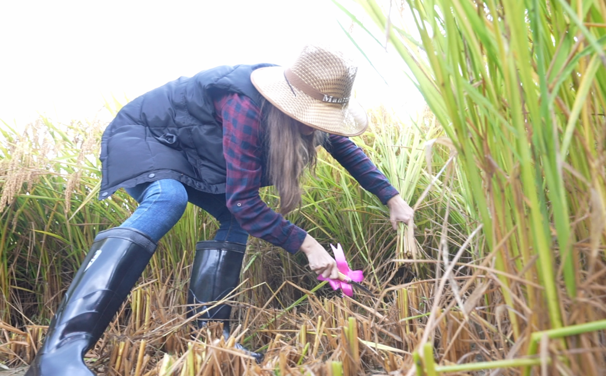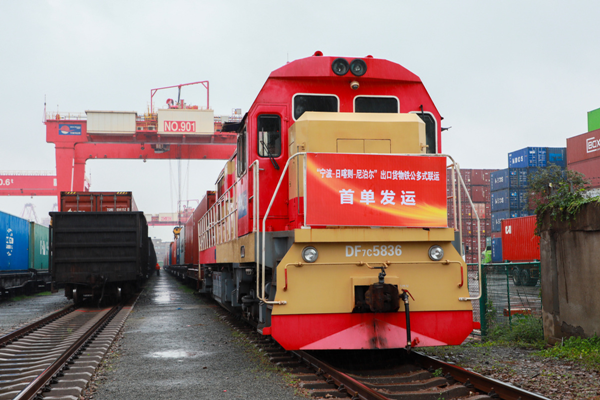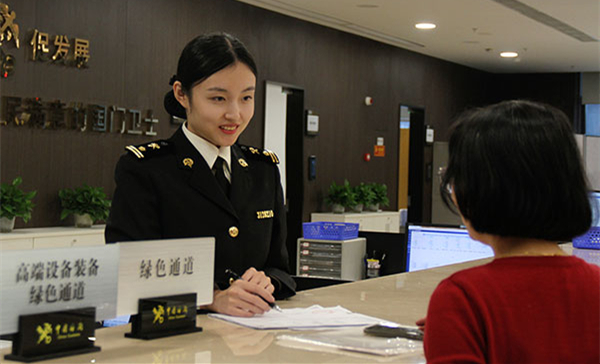Ningbo CIC to spur nation's trade with CEEC
The new Customs Information Center that began operations on Tuesday in Ningbo, Zhejiang province, is expected to boost the country's trade with Central and Eastern European countries, or CEEC, experts said.
Government officials said that the new facility, named China-CEEC Customs Information Center, will create a new digital platform for both sides to expand trade and help China import more high-quality agricultural products from the CEE countries in the coming years.
China plans to import more than $170 billion worth of goods from Central and Eastern European countries over the next five years. Wang Lingjun, vice-minister of the General Administration of Customs, said the imports will help the CEE nations to quickly achieve economic recovery.
"Central and Eastern European countries have comparative advantages in mechanical and electrical products, automobiles and parts, agricultural and textile products, mineral raw materials and other goods. There is huge room for China to expand imports from these countries," said Mate Pesti, Hungary's ambassador to China.
The center and its website will provide practical information, including 247 Customs business guides, more than 400 international treaties, laws and regulations related to import and export businesses, and access lists of agricultural products and foodstuffs, to companies from both sides.
In addition to introducing the latest trade policies, detailed and timely import and export statistics, the center will release the trend of changes occurring in the two-way trade within a certain period, according to the administration.
It has also set up an interactive communication section. Any problems encountered during Customs clearance or suggestions can be submitted on the website and the GAC will respond to them in a timely manner.
Since its inception in 2012, the China-CEEC cooperation mechanism has become an all-around, multilevel, wide-ranging and multidimensional platform for mutually beneficial cooperation with progress in trade, investment, contracted engineering projects and connectivity.
Total trade value between China and the 17 Central and Eastern European countries surged by 8.4 percent on a yearly basis to $103.45 billion last year, exceeding $100 billion for the first time, higher than the growth of China's foreign trade and its trade with the European Union during the same period, data from the GAC showed.
Bilateral trade between the two sides amounted to 195.65 billion yuan ($30.17 billion) in the first quarter of this year.
The enhanced teamwork has developed a number of principles that are reflective of its distinctive features and accepted by all parties, such as making decisions through consultation, delivering benefits to all cooperation partners, pursuing common growth through openness and inclusiveness and achieving better growth via innovation, said Huo Yuzhen, special representative of China-CEEC Cooperation at the Ministry of Foreign Affairs.
Eager to further enhance their business ties, the Ministry of Commerce signed memorandums of understanding on investment cooperation and trade promotion with its counterparts in Albania, Serbia, the Czech Republic and Hungary in the first quarter of this year.
Despite COVID-19, investment cooperation between the two sides has continued to grow.
By the end of last year, China's cumulative foreign direct investment in Central and Eastern European industries including energy and logistics totaled $3.14 billion, while those countries' cumulative investments in China reached $1.72 billion, according to the ministry.
Apart from boosting trade between the two sides, the GAC announced on Sunday that it has been given a green light from the World Customs Organization to select the laboratory of the Nanjing Customs branch as the organization's laboratory for the Asia-Pacific region, in Nanjing, capital of eastern China's Jiangsu province, to participate in more international Customs activities.
The lab's works cover inspection and testing fields such as commodity classification and testing, solid waste identification, endangered species identification, food hygiene testing, chemical analysis and identification.

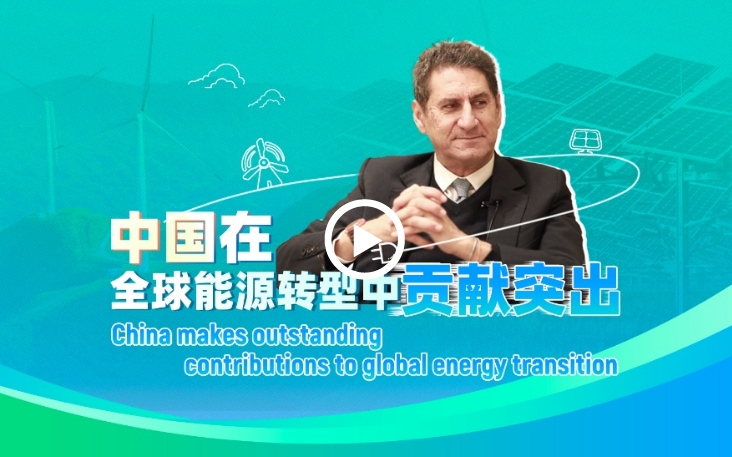 China makes outstanding contributions to global energy transition
China makes outstanding contributions to global energy transition 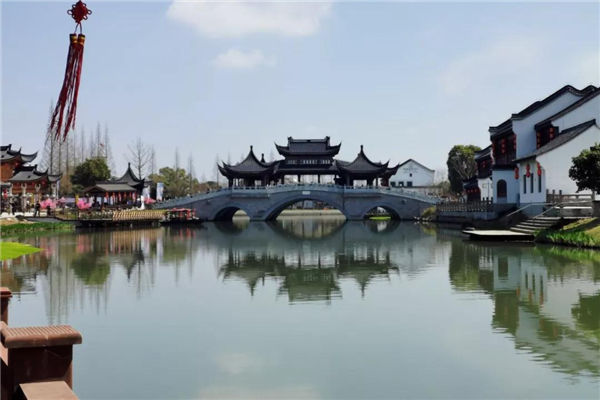 Ningbo village inspires Malawi official
Ningbo village inspires Malawi official  A look at China's economic data in the first three quarters of 2024
A look at China's economic data in the first three quarters of 2024 